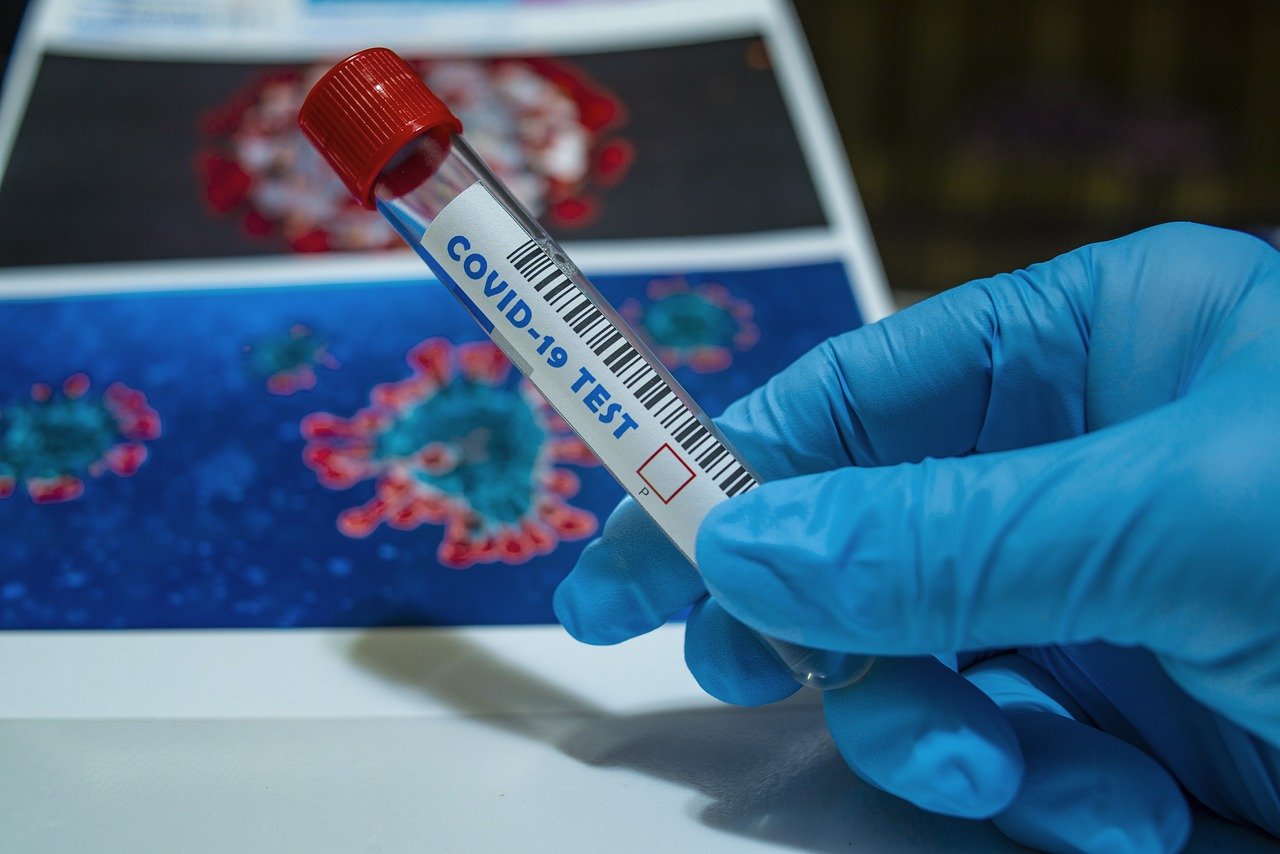If you are waiting for COVID-19 test results
Stay away from others:
Quarantine
- Stay away from others while waiting for your COVID-19 test result, especially people who are more likely to get very sick from COVID-19, if possible.
- If you have come into close contact with someone with COVID-19 follow recommendations to quarantine and wear a well-fitting mask. Quarantine recommendations vary based on up-to-date vaccination status or history of prior COVID-19 infection in the past 90 days.
Think about your close contacts:
While you wait for your COVID-19 test result, think about anyone you have come into close contact with starting 2 days before your symptoms began (or two days before you test if you do not have symptoms). This information can help with contact tracing efforts and help slow the spread of COVID-19 in your community.
If you are diagnosed with COVID-19 or have symptoms of COVID-19
Stay away from others:
Isolate
Stay at home away from others (isolate), except to get medical care.
- Monitor your symptoms. If you have an emergency warning sign (including trouble breathing), seek emergency medical care immediately.
- Stay in a separate room, away from other household members, if possible.
- Use a separate bathroom, if possible.
- Avoid contact with other household members and pets.
- Don’t share personal household items, like cups, towels, and utensils.
- Wear a well-fitting mask if you must be around other people.
- Follow recommendations for isolation.
Think about your close contacts:
Tell your close contacts that you have COVID-19 right away so that they can follow recommendations to quarantine, get tested, and wear a well-fitting mask, depending on their vaccination and booster status or history of prior infection.
- An infected person can spread COVID-19 starting 2 days before the person has any symptoms or tests positive. People who have COVID-19 don’t always have obvious symptoms.
- A person is still considered a close contact even if they were wearing a mask while they were less than six feet from someone with COVID-19 for a cumulative total of 15 minutes or more over a 24-hour period.
- You can call, text, or email your contacts. By letting your close contacts know they may have been exposed to COVID-19, you are helping to protect everyone.
- If you would like to stay anonymous, there is also an online tool that allows you to tell your contacts by sending out emails or text notifications anonymously (tellyourcontacts.orgexternal icon).
- There are exceptions to the close contact definition in K-12 indoor classroom settings
Answer the call
If a public health worker from the health department calls you, answer the call to help slow the spread of COVID-19 in your community.
- Discussions with public health workers are confidential. This means that your personal and medical information will be kept private and only shared with those who may need to know, like your healthcare provider.
- Your name will not be shared with those you came in contact with, even if they ask. The public health worker will only notify people you were in close contact with that they might have been exposed to COVID-19.
- Public health workers may be able to connect you with other supportive services that can help you isolate or quarantine.

